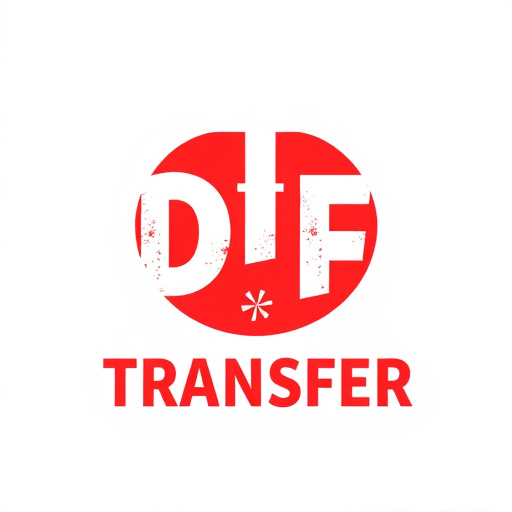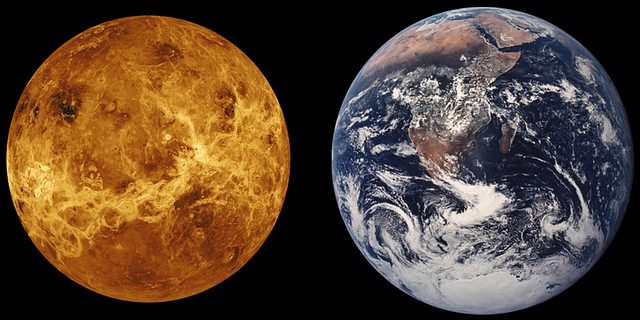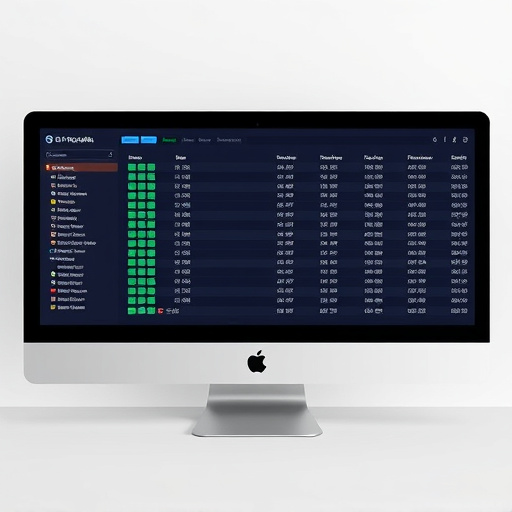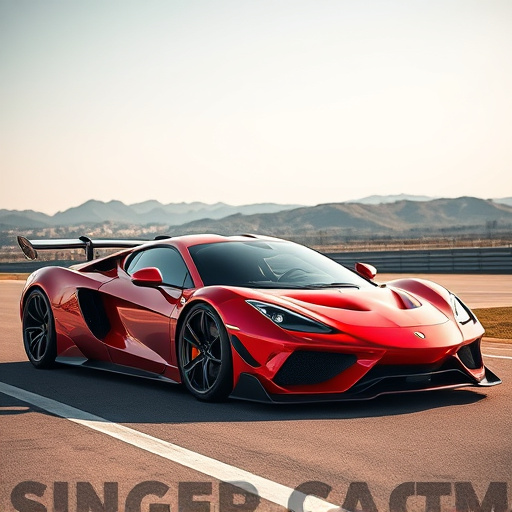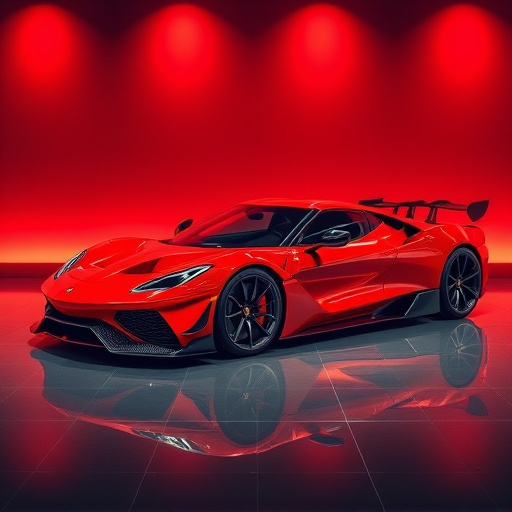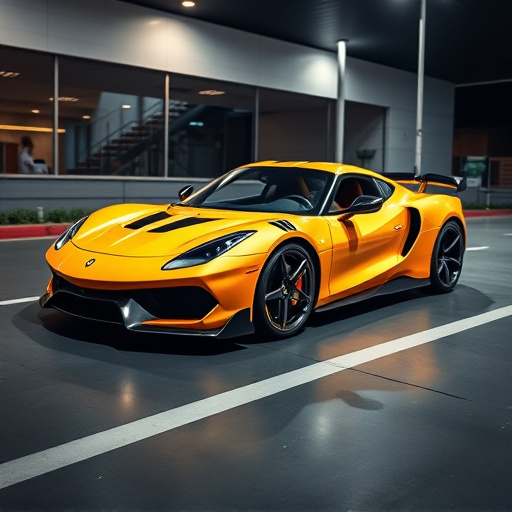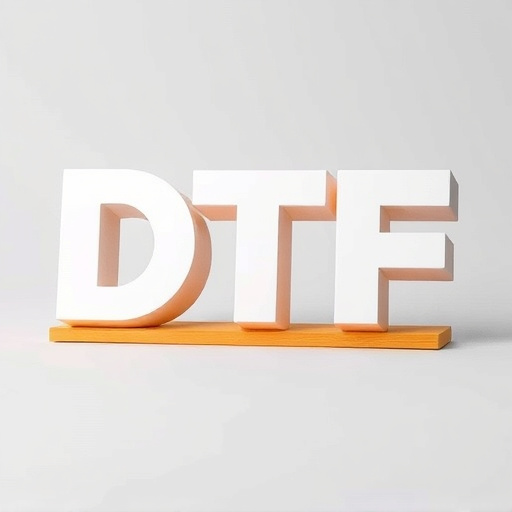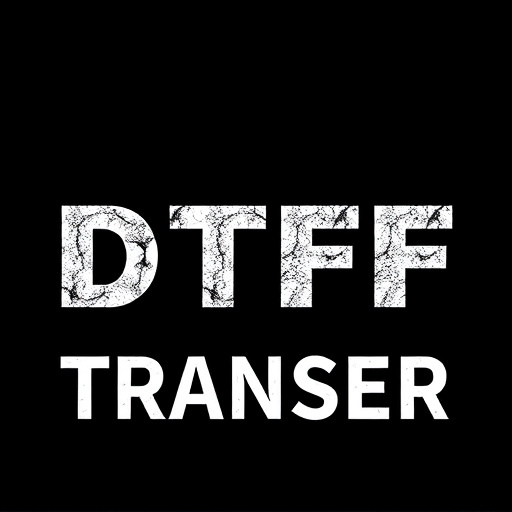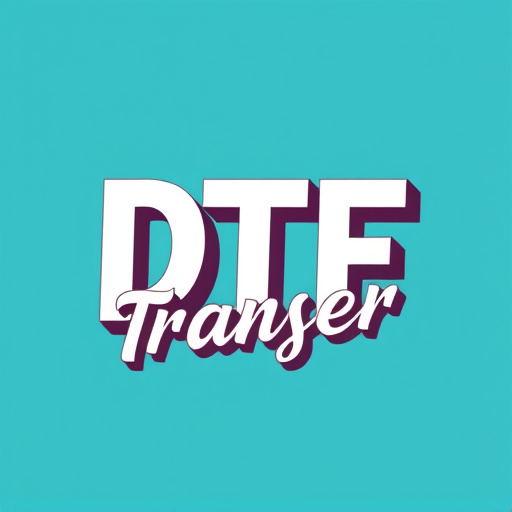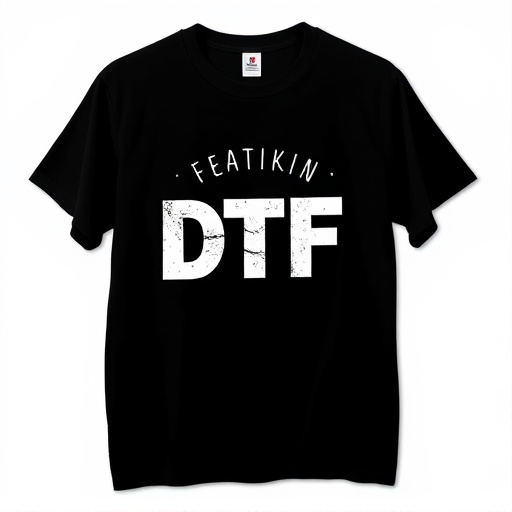Direct-to-Film (DTF) Transfer is a cutting-edge printing method that streamlines production of physical prints from digital files. It offers vibrant colors, fine detail reproduction, and quick turnaround times for various applications like art prints, posters, signage, and display graphics. Pricing fluctuates based on design complexity, print volume, ink types, and DTF technology, ranging from $5 to $20 per print. Economies of scale make it cost-effective for bulk orders while offering flexibility for smaller businesses with niche markets. Understanding these factors is key when selecting DTF Transfer for specific graphic needs.
“In the world of digital printing, Direct-to-Film (DTF) transfer has emerged as a game-changer. This innovative process allows for precise and vibrant prints on a variety of materials, from textiles to ceramics. Understanding DTF’s cost structure is crucial for businesses and creators navigating this landscape. This article delves into the intricacies of DTF transfer options, analyzing types, influencing factors, and comparing printing costs. Whether you’re considering bulk orders or individual pieces, we provide real-world insights to help you make informed decisions.”
- Understanding Direct-to-Film (DTF) Transfer: A Brief Overview
- Types of DTF Transfer Options: An Analysis
- Cost Factors Influencing DTF Transfer Pricing
- Comparing DTF Printing Costs: What to Expect
- Economies of Scale in DTF Prints: Bulk vs. Individual Orders
- Case Studies: Real-World DTF Transfer Cost Scenarios
Understanding Direct-to-Film (DTF) Transfer: A Brief Overview

Direct-to-Film (DTF) Transfer is a cutting-edge printing technique revolutionizing the way we create physical prints from digital files. This innovative process eliminates the need for traditional intermediate steps, such as film development or plate preparation, making it a game-changer for various industries, including photography, graphic design, and signage. With DTF, designs are directly transferred onto a light-sensitive film, which is then exposed to create a positive mask. This mask is used to print the design onto various materials, offering exceptional clarity and precision in the final prints.
The beauty of DTF lies in its versatility and efficiency. It allows for a wide range of applications, from creating high-quality art prints and posters to producing custom signage and display graphics. DTF Printing offers vibrant colors, fine detail reproduction, and excellent durability, making it suitable for both indoor and outdoor use. This technology streamlines the printing process, reduces waste, and enables faster turnaround times, which is particularly advantageous in today’s fast-paced digital world.
Types of DTF Transfer Options: An Analysis
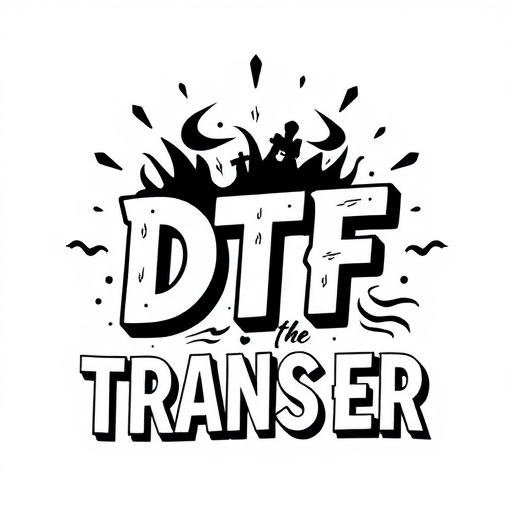
The direct-to-film (DTF) transfer process offers several options tailored to different needs and budgets. One primary distinction lies in the DTF Transfer method itself, with choices ranging from traditional DTF Printing to more modern digital techniques. Traditional DTF involves using printing presses to apply ink directly onto the film, resulting in high-quality prints but often at a higher cost due to setup and labor intensiveness.
Digital DTF, on the other hand, leverages technology like laser printers or specialized digital presses. This method is generally more cost-effective for smaller runs or unique designs as it eliminates the need for intricate setup. Digital DTF prints might compromise slightly on image quality compared to traditional methods but remain a viable option for many businesses. Each type has its advantages, catering to diverse markets from mass production to custom, one-off projects, thereby shaping the overall cost structure of DTF Transfer options.
Cost Factors Influencing DTF Transfer Pricing

The cost structure for Direct-to-Film (DTF) transfers is influenced by several key factors that determine pricing. Firstly, the size and complexity of the design play a significant role; intricate, detailed prints with multiple colors will generally be more expensive due to the increased material and labor requirements. The choice of ink types and coatings also impacts cost; specialty inks or protective coatings can add to the overall expense.
Additionally, the number of prints required affects pricing, with higher volumes often leading to lower unit costs thanks to economies of scale. DTF printing technology itself varies in terms of cost-effectiveness, with different machines and systems offering varying levels of efficiency and price points. Furthermore, factors like setup time, post-processing, and any additional services offered by the provider can also contribute to the overall DTF transfer pricing.
Comparing DTF Printing Costs: What to Expect
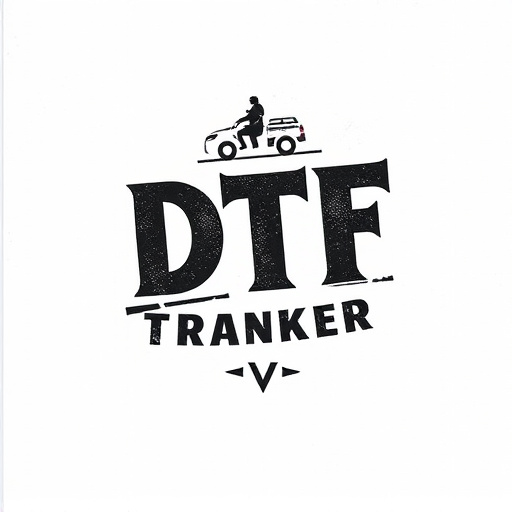
When considering a DTF (Direct-to-Film) transfer for your graphic needs, understanding the cost structure is vital. The pricing can vary significantly based on several factors, such as the complexity of the design, print volume, and the quality required. On average, DTF Printing costs range from $5 to $20 per print, but this can be influenced by the size and detail of your artwork. More intricate designs with finer line work or larger print runs typically incur higher costs due to the increased material and labor requirements.
Comparing different DTF service providers is essential to get a clear picture of what to expect. Some companies may offer competitive rates for simple, single-color prints, while others specialize in high-quality, multi-color artwork with more expensive pricing. It’s advisable to request quotes from multiple vendors and consider the overall value they provide, including turnaround time, print quality guarantees, and any additional services offered.
Economies of Scale in DTF Prints: Bulk vs. Individual Orders
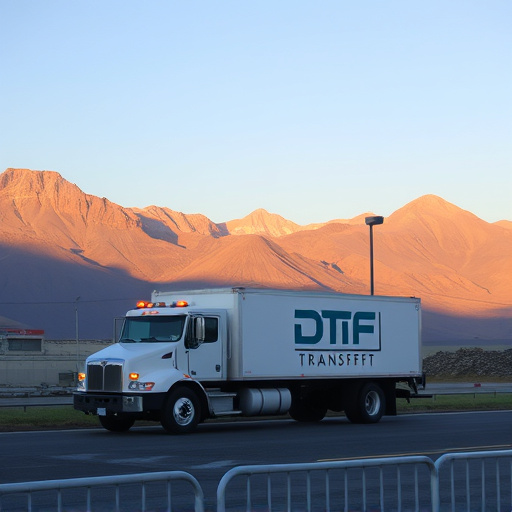
Direct-to-film (DTF) printing offers a cost-effective solution for bulk orders, leveraging economies of scale to reduce per-print expenses. When businesses order in large quantities, the fixed costs associated with setup and equipment are spread across numerous prints, leading to significant savings. This makes DTF an attractive option for companies aiming to minimize production costs without compromising quality.
In contrast, individual or custom orders may face higher unit prices due to the lack of economies of scale. Each unique design or specification requires separate preparation and processing, increasing the overall cost per print. However, smaller businesses or artists offering personalized DTF transfers can still find success by focusing on niche markets and building a loyal customer base, ensuring a steady demand for their custom DTF prints.
Case Studies: Real-World DTF Transfer Cost Scenarios
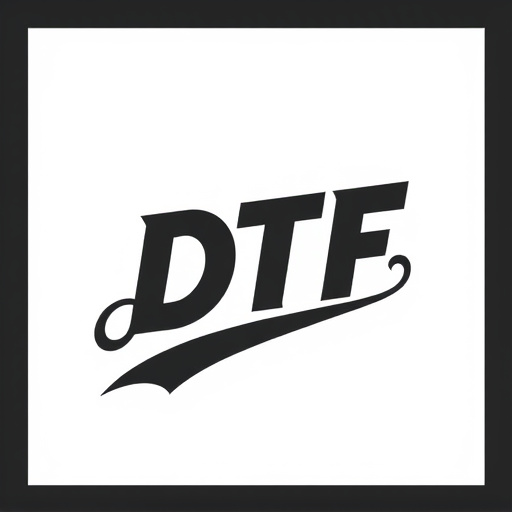
Direct-to-film (DTF) transfer options vary greatly in cost, depending on factors like print size, material quality, and complexity of design. Case studies from real-world projects offer valuable insights into these price scenarios. For instance, a small business opting for DTF printing of simple, single-color logos on t-shirts might expect to pay around $10 per print, including setup costs. This is ideal for small-batch production or promotional events.
In contrast, a large-scale clothing manufacturer utilizing DTF for intricate, full-color designs on high-quality fabrics could face prices as high as $50 or more per print. Such complexity and material requirements significantly drive up the cost. These case studies highlight the diverse range of DTF transfer pricing, emphasizing the importance of understanding specific project needs before committing to a printing method.
